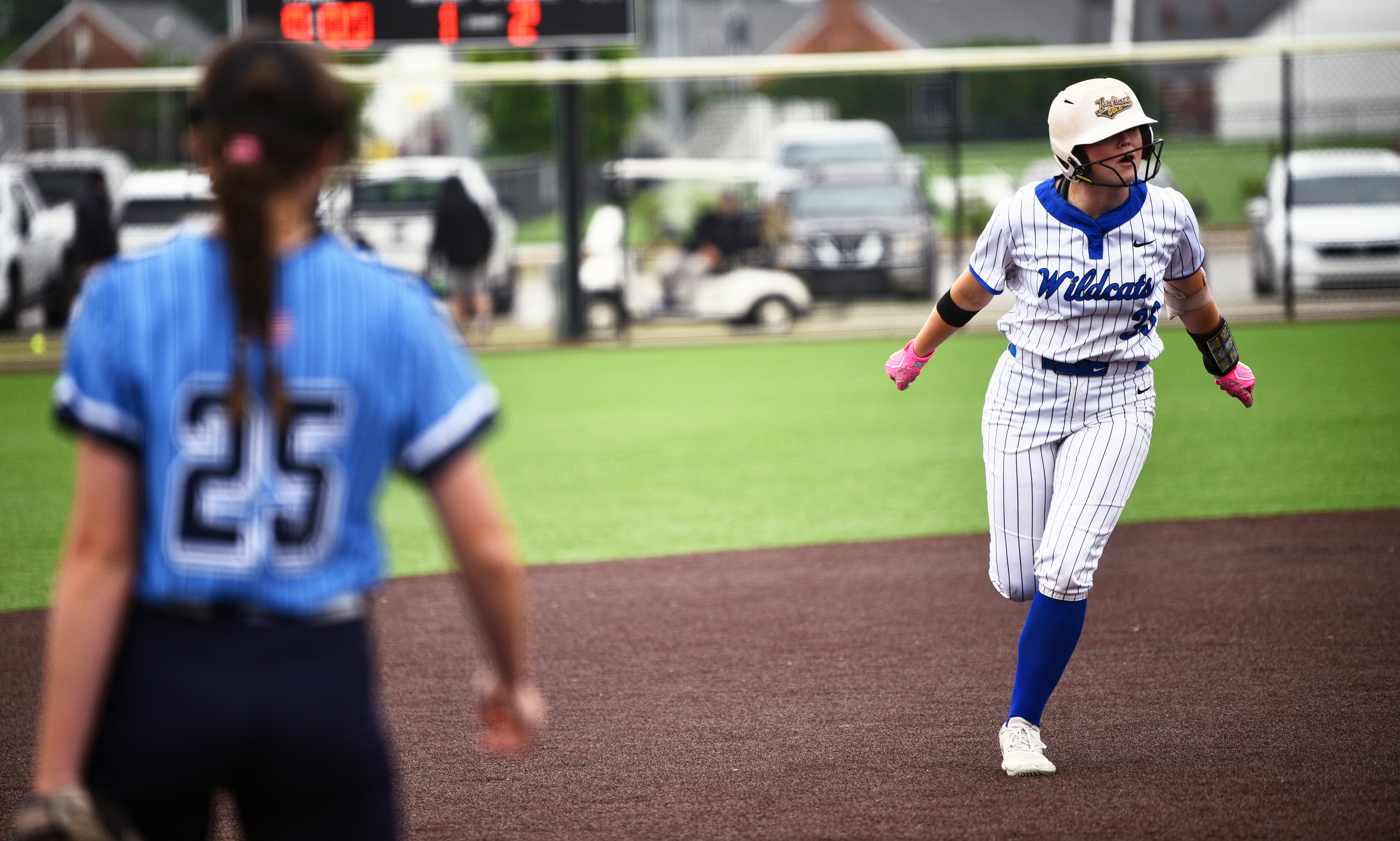ONE GARDENER TO ANOTHER: Nutgrass is driving me nuts
Published 6:45 am Monday, June 11, 2018

- Nutgrass grows quickly in wet, poorly drained soil. It may take several applications of a sedge-specific herbicide to rid your yard of it.
On the side of our garage, there was a small flower bed that was home to two azaleas.
The shrubs were small and didn’t flower well. The area they were in was not only in full sun, but it was also an area where water seemed to pool.
Adding to their struggle was the infiltration of some sort of grass that would grow around and through the poor azaleas.
The surrounding turfgrass is Bermuda, but this grass was different; tall and fast-growing, with glossy yellow-green leaves. It didn’t have roots similar to those of turfgrass. When pulled, it had bulbs, called tubers, under the earth.
After removing the azaleas to give them a home more suitable for their growth, we pulled out this pseudo-grass and put down weed killer.
It wasn’t long before it was back, and no longer content to live in the flower bed. Sprigs were popping up in the grass surrounding the bed and had moved around the building to invade the bed there as well. We pulled everything we could find and put down ground clear in the originating bed. Surely, that would put an end to it.
Nope. It came back again and it was spreading through the lawn like a weed. Well, that’s because it is a weed.
Yellow nutsedge (Cyperus esculentus), commonly called nutgrass, is a warm-season perennial weed with leaves that are up to a half-inch wide and can grow as tall as 3 feet. Nutsedge reproduces from the tubers under the soil, making hand-pulling only mildly effective if you leave the tuber.
It grows quickly in wet, poorly drained soil and is a particular problem in years with above average rainfall. It will produce seed heads in July through September and each plant can produce hundreds of seed per season.
Getting rid of this weed is difficult and will take a few combative measures together to get the job done. Proper lawn care including, mowing at the proper height, fertilizer applications and proper irrigation will help the lawn compete against the onset of nutsedge.
If the area with nutsedge is small, you can dig at least 10 inches deep and 8 to 10 inches around the infested area. However, all the soil must be removed and replaced with clean soil. Small baby tubers, called nutlets, may be undetectable and you will just end up with the nutsedge reappearing.
Sedge-specific herbicides can be applied to the lawn, however, a single application generally will not eradicate the weed. It may take several applications 8 to 10 weeks apart. Common herbicides used to combat nutsedge are imazaquin, bentazon and halosulfuron. Use caution when using these herbicides near bedding plants as they may damage foliage or roots of ornamental plants.
Continued weeding, fertilization and an application of a pre-emergent in spring will also aid in eradicating nutsedge. Filling in spots that pool water and improving drainage throughout the lawn will also reduce the desired wet ground they thrive in.
It may take several season to completely rid your lawn of this tough weed, but it can be done. Until next week, happy gardening.
— Irland, a member of the Limestone County Master Gardeners, can be reached at kippirland@hotmail.com. For more information on the Limestone County Master Gardeners, visit http://mg.aces.edu/limestone.





